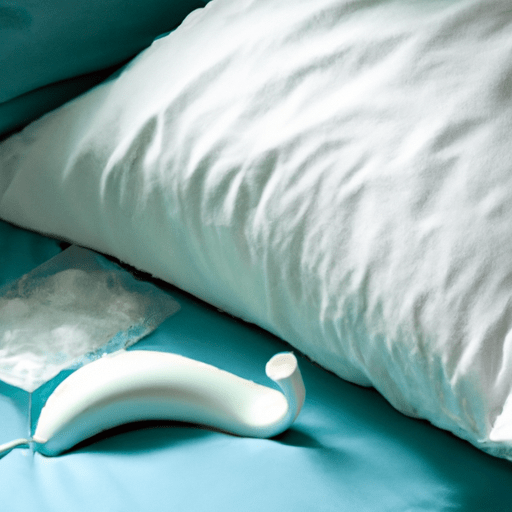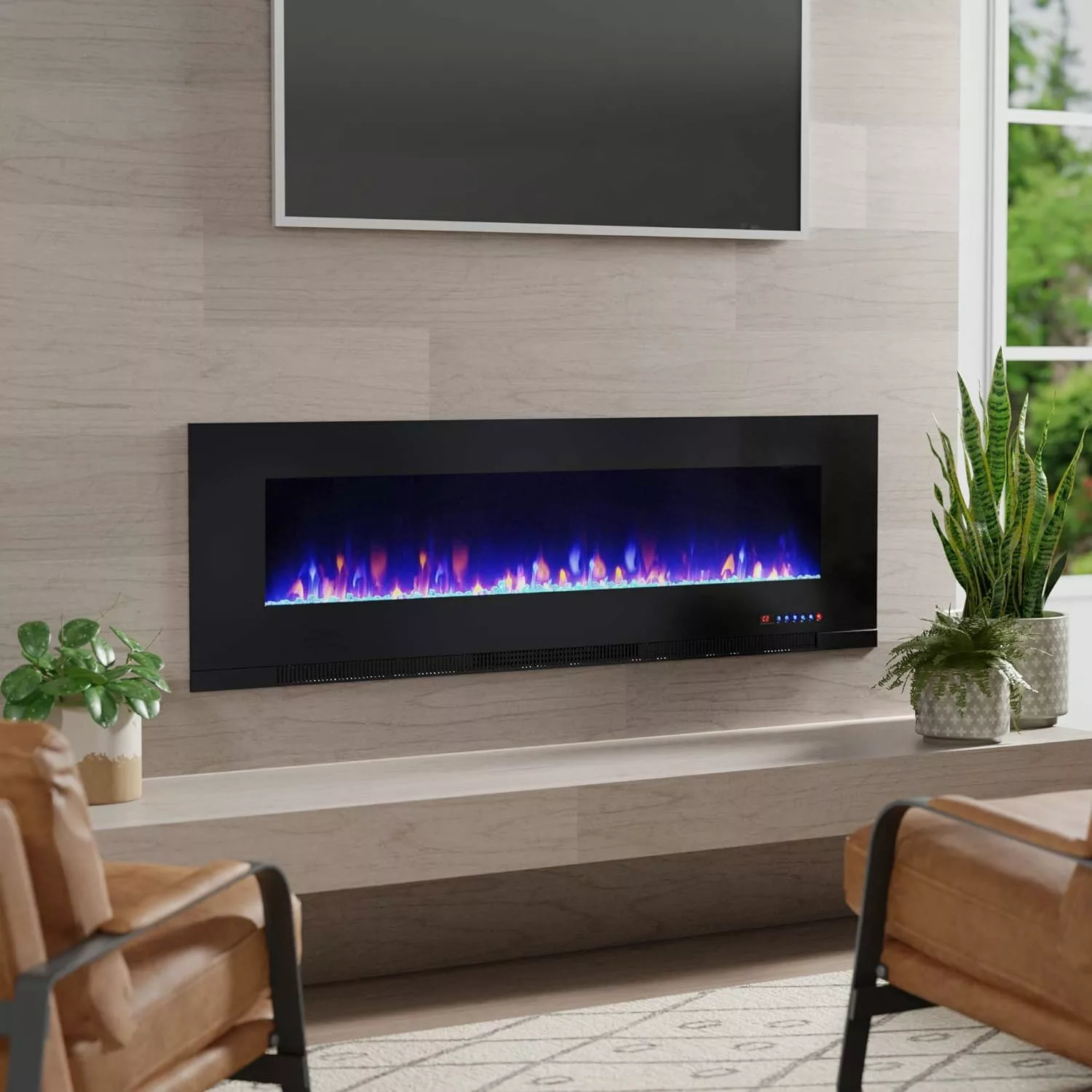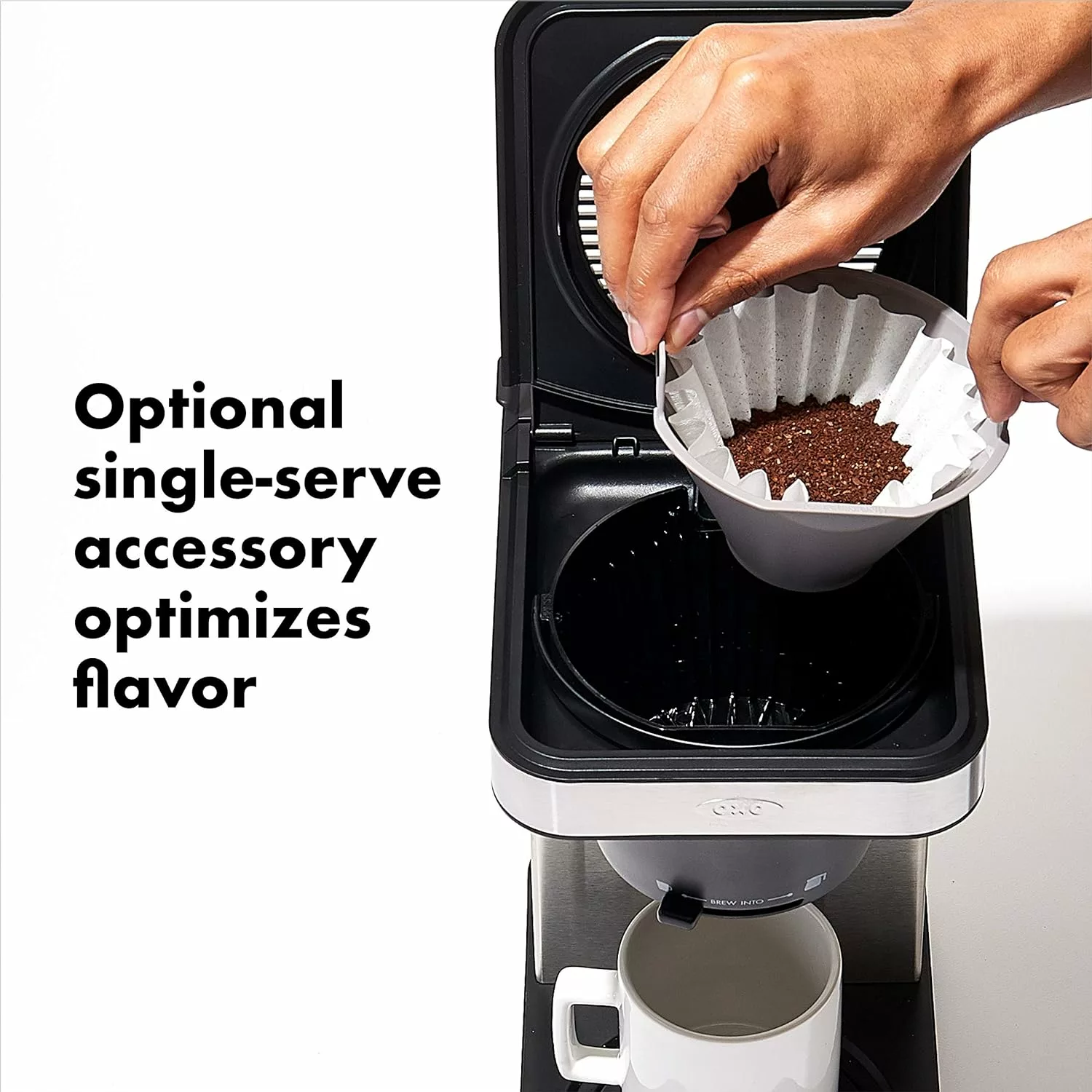Are you a coffee lover who wants to get a better understanding of how much you are actually spending on your daily cup of joe? Figuring out the cost of your coffee can be a simple yet eye-opening exercise that allows you to make more informed decisions about your caffeine fix. By taking into account the price of the coffee beans, water, and any additional add-ons, such as milk or sugar, you can calculate the true cost of your beloved beverage. In this article, we will guide you through the step-by-step process of calculating the cost of your coffee, helping you become a savvy consumer and possibly even saving you some extra cash along the way.
Understanding the Basics of Coffee Pricing
coffee lovers around the world often wonder what factors contribute to the price they pay for their favorite cup of joe. The cost of coffee can vary greatly depending on various elements, including the types of coffee beans used, the labor involved in production, the costs associated with transporting and packaging, taxes, and retail markups. In this article, we will explore each of these factors in detail, helping you understand the true cost of your coffee and make more economical choices.
This image is property of images.unsplash.com.
Coffee Bean Types
coffee beans are at the heart of every cup of coffee, and the type of beans used can significantly impact the price. The two most common types of coffee beans are Arabica and Robusta. Arabica beans, known for their superior quality and flavor, generally come with a higher price tag compared to Robusta beans. This difference in price is due to factors such as cultivation techniques, growing conditions, and the overall taste profile.
Another aspect related to coffee beans is the region-specific costs associated with their production. Different countries have various wage rates, terrain conditions, and transportation costs, which can all influence the final price of the beans sourced from a specific region. Additionally, specialty coffee beans, which often come from single-origin farms and are carefully selected for their exceptional taste, are typically priced higher due to their unique characteristics.
Labor Costs Involved in Coffee Production
The production of coffee involves significant labor, from planting and harvesting to processing and packaging. The wages paid to workers in coffee-producing countries play a crucial role in determining the cost of coffee. In regions where labor costs are relatively low, such as certain parts of Latin America or Africa, coffee production expenses are generally lower.
However, it’s essential to consider the cost of skilled labor as well. Tasks such as cupping, quality control, and coffee roasting require expertise and often come with higher wages. Fair Trade certification can also impact labor costs, as it ensures that coffee farmers receive fair compensation for their work. Fair Trade coffee often has a higher price due to the certification process and the commitment to supporting sustainable farming practices.
Impact of Transporting and Packaging on Coffee Cost
Transporting coffee from its origin to the consumer’s cup involves various costs. Shipping costs, for example, can make a significant difference in the final price of coffee. The distance traveled, type of transportation used, and fuel prices all contribute to shipping expenses. Additionally, packaging materials and costs must be taken into account. The quality of packaging affects the preservation of coffee freshness, sometimes leading to higher costs to ensure a superior product for consumers.
The role of logistics in the coffee industry should not be overlooked either. Efficient supply chain management and streamlined processes can help minimize costs associated with transportation and packaging, ultimately reflecting in the retail price of coffee.
Role of Tax Rates in Coffee Pricing
Tax rates imposed on coffee can vary significantly from one country to another, and these variations can impact the final price consumers pay. In some regions, government policies might incentivize or discourage coffee production through specific tax policies. Taxes can affect all stages of the coffee supply chain, from export and import taxes on green coffee beans to sales taxes levied on retail coffee purchases.
Understanding the tax policies related to coffee can provide valuable insights into why coffee prices may differ across countries and regions. For example, countries with higher taxes on coffee may have a higher retail price, while those with lower taxes may offer more affordable options for consumers.

This image is property of images.unsplash.com.
Understanding Retail Markups on Coffee
When you step into a coffee shop or grocery store to purchase coffee, you encounter the retail markups that contribute to the final price. Retail pricing is influenced by various factors, including the cost of coffee beans, labor, overhead expenses, and the desired profit margin of the retailer.
Coffee beans themselves account for a significant portion of the retail price. The type and quality of the beans, as well as any additional certifications they may have, contribute to their cost. Labor costs associated with brewing, serving, and managing inventory also play a role in determining the markup.
Coffee shops and grocery stores must also consider overhead expenses, such as rent, utilities, and marketing costs, which contribute to the final price of their coffee. Lastly, the retailer’s desired profit margin, which allows them to continue operating and providing quality products, is factored into the retail price.
Calculating the Cost of Home-Brewed Coffee
For those who prefer to brew their coffee at home, it’s interesting to break down the cost of each cup. By doing so, you can have a better understanding of the true cost of your daily indulgence. Several elements contribute to the cost of home-brewed coffee, including the cost of coffee beans, water, electricity, filters, and any other consumables such as milk or sweeteners.
Coffee beans are typically the most significant expense when brewing coffee at home. The price per pound can vary based on the type and quality of beans you choose. Water and electricity costs to brew a cup of coffee are relatively minor but can add up over time. Filters and other consumables must also be factored in, as they contribute to the overall brewing process. Lastly, considering the initial cost of purchasing a coffee machine and any maintenance or replacement parts is essential for an accurate cost calculation.
This image is property of images.unsplash.com.
Breaking Down the Cost of Coffee Shop Coffee
When you enjoy a cup of coffee at your favorite coffee shop, there are several factors that contribute to the price you pay. The cost of ingredients used, including coffee beans, milk, syrups, and additional flavors, all play a role in determining the price of a cup of coffee. Labor costs are incurred to brew and serve the coffee, with baristas often trained to ensure a high-quality experience.
Overheads, such as rent, utilities, and equipment maintenance, are essential aspects that are factored into coffee shop pricing. These expenses are necessary to operate a successful coffee shop and provide excellent service to customers. Lastly, coffee shop owners factor in a profit margin to ensure their business remains viable and continues to provide a fantastic coffee experience.
Impact of Branding on Coffee Price
Coffee brands play a significant role in determining the price of coffee. Premium coffee brands often fetch higher prices due to their reputation, quality, and distinct flavor profiles. The branding and marketing efforts put into building a strong coffee brand can also contribute to the perceived value of the product, influencing consumers’ willingness to pay a premium price.
The psychology of price perception is also worth considering. Consumers often associate higher prices with higher quality and believe that the taste of the coffee is superior due to its positioning as a premium brand. Such perceptions can influence the demand and pricing strategies of coffee brands.
Conclusion: Calculating the True Cost of Your Coffee
Understanding the various elements that contribute to the cost of coffee allows you to make more informed choices and assess the value of the coffee you consume. By analyzing factors such as coffee bean types, labor costs, transporting and packaging expenses, taxes, retail markups, and branding, you can gain a comprehensive understanding of the true cost of your coffee.
It’s important to consider the quality, taste, and overall experience that a cup of coffee provides in relation to its price. While some may opt for more affordable options, others may be willing to pay a premium for specialty or branded coffee. By evaluating your own preferences and budget, you can find a balance between cost and satisfaction, ensuring that every sip of your coffee meets both your taste buds and your wallet.
In conclusion, understanding the complex nature of coffee pricing helps you appreciate the effort and resources invested in each cup. Whether you’re brewing at home or visiting a coffee shop, being aware of the factors discussed in this article empowers you to make choices that align with your preferences and budget. Cheers to enjoying your next cup of coffee, armed with the knowledge of its true cost!





